Bình An Shop
Công ty chuyên phân phối đèn led năng lượng mặt trời với các thương hiệu như: Jindian, Anglelight, ADC Đông Dương
Để đáp ứng nhu cầu phát triển ngày càng cao của quý khách hàng cũng như các công trình xây dựng, Bình An Shop đã mở rộng và đẩy mạnh các cửa hàng trên cả nước các loại đèn như đèn pha, đèn đường, đèn sân vườn...
Bình an shop cung cấp mẫu mã đa dạng, phù hợp với thiết kế sang trọng, bắt mắt của các công trình dân dụng và công nghiệp. zalo: 0907.613.053

ĐÈN PHA NĂNG LƯỢNG MẶT TRỜI
ĐÈN ĐƯỜNG NĂNG LƯỢNG MẶT TRỜI
ĐÈN SÂN VƯỜN NĂNG LƯỢNG MẶT TRỜI
Bình An Shop - pin năng lượng mặt trời là gì?
Tham khảo thêm tại đây: Pin mặt trời
Bình An Shop - Năng lượng mặt trời là gì?
Bình an shop xin trích 1 đoạn từ wiki::
Năng lượng Mặt Trời, bức xạ ánh sáng và nhiệt từ Mặt Trời, đã được khai thác bởi con người từ thời cổ đại bằng cách sử dụng một loạt các công nghệ phát triển hơn bao giờ hết. Bức xạ Mặt Trời, cùng với tài nguyên thứ cấp của năng lượng mặt trời như sức gió và sức sóng, sức nước và sinh khối, làm thành hầu hết năng lượng tái tạo có sẵn trên Trái Đất. Chỉ có một phần rất nhỏ của năng lượng mặt trời có sẵn được sử dụng.
Điện mặt trời nghĩa là phát điện dựa trên động cơ nhiệt và pin quang điện. Sử dụng năng lượng mặt trời chỉ bị giới hạn bởi sự khéo léo của con người. Một phần danh sách các ứng dụng năng lượng mặt trời sưởi ấm không gian và làm mát thông qua kiến trúc năng lượng mặt trời, qua chưng cất nước uống và khử trùng, chiếu sáng bằng ánh sáng ban ngày, nước nóng năng lượng mặt trời, nấu ăn năng lượng mặt trời, và quá trình nhiệt độ cao nhiệt cho công nghiệp purposes. Để thu năng lượng mặt trời, cách phổ biến nhất là sử dụng tấm năng lượng mặt trời. – bình an shop
Công nghệ năng lượng Mặt Trời được mô tả rộng rãi như là hoặc năng lượng mặt trời thụ động hoặc năng lượng mặt trời chủ động tùy thuộc vào cách chúng nắm bắt, chuyển đổi và phân phối năng lượng mặt trời. Kỹ thuật năng lượng mặt trời hoạt động bao gồm việc sử dụng các tấm quang điện và năng lượng mặt trời nhiệt thu để khai thác năng lượng. Kỹ thuật năng lượng mặt trời thụ động bao gồm các định hướng một tòa nhà về phía Mặt trời, lựa chọn vật liệu có khối lượng nhiệt thuận lợi hoặc tài sản ánh sáng phân tán, và thiết kế không gian lưu thông không khí tự nhiên..
Nguồn: Năng lượng Mặt Trời



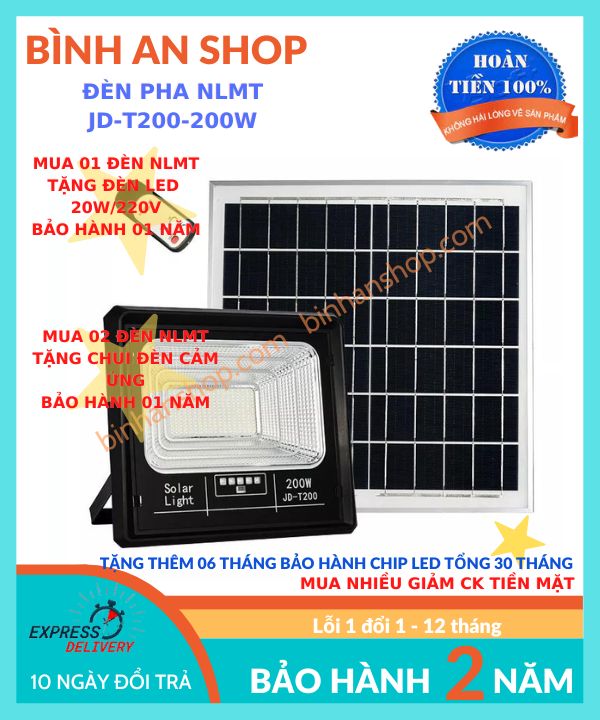

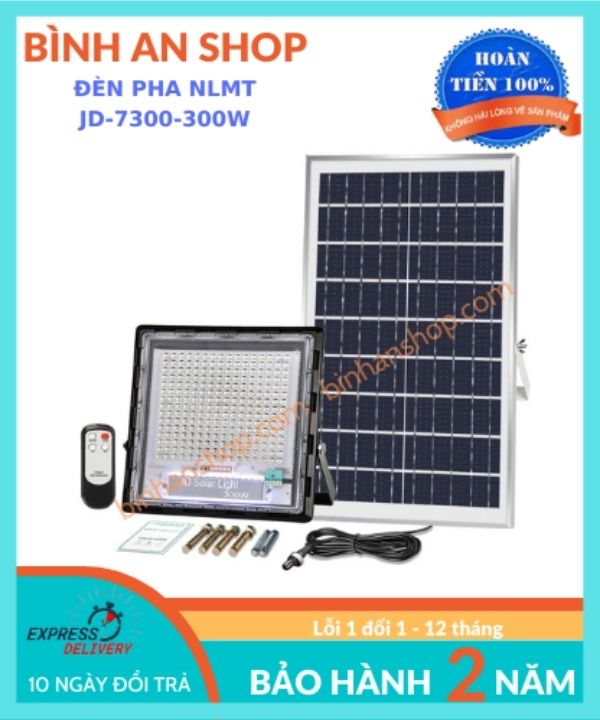
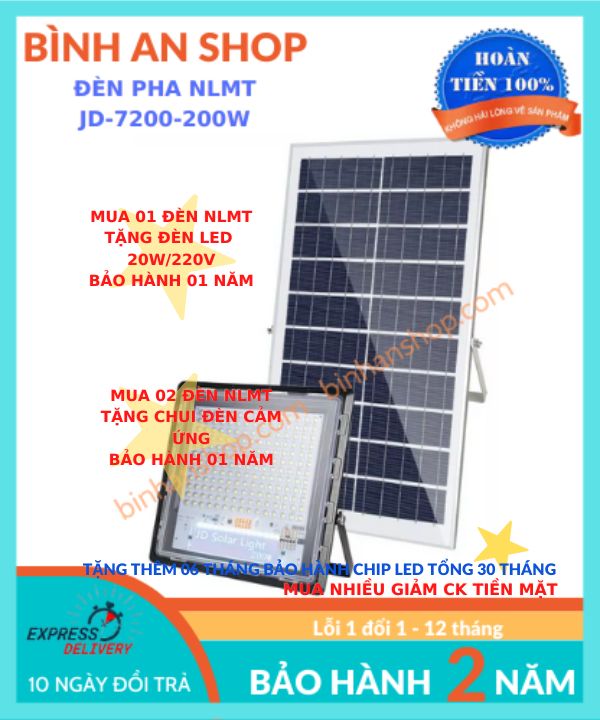
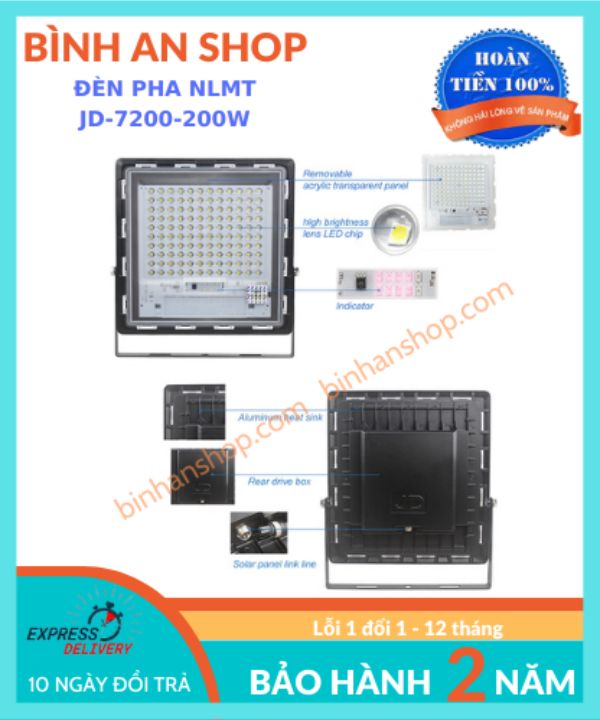
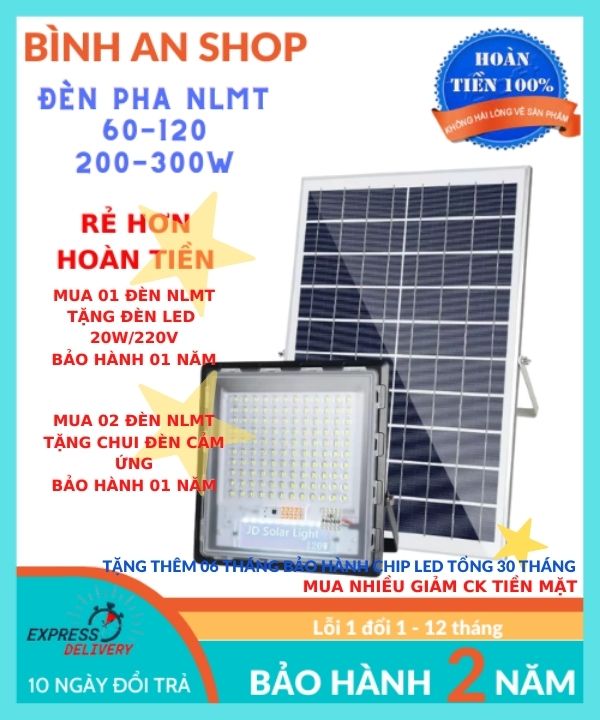


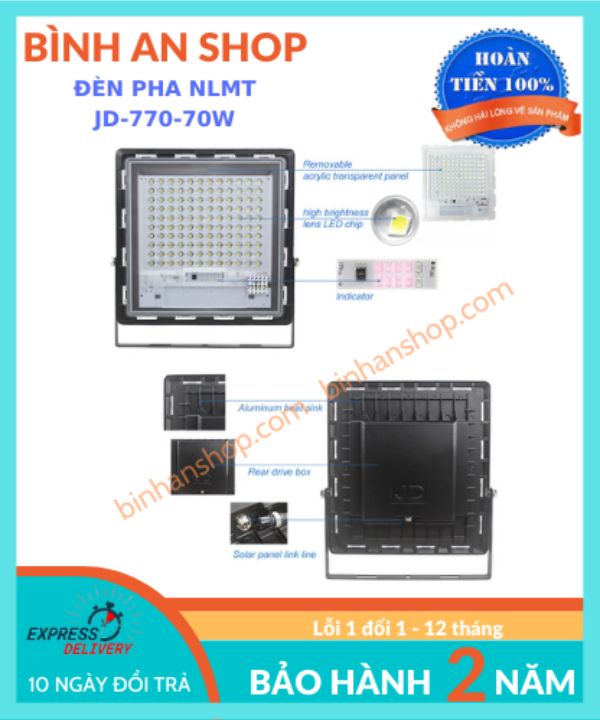


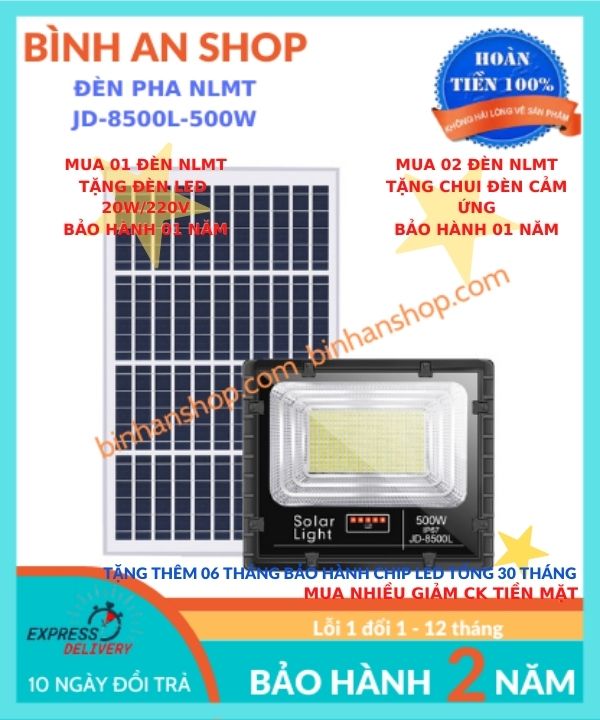
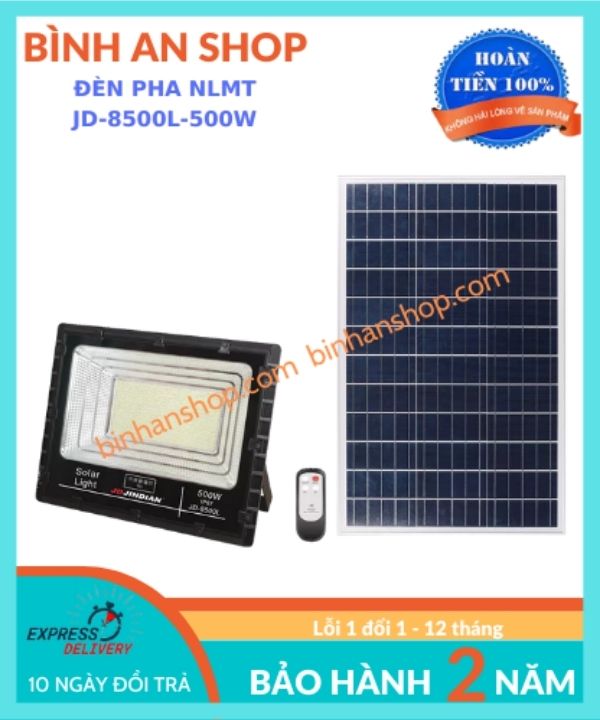
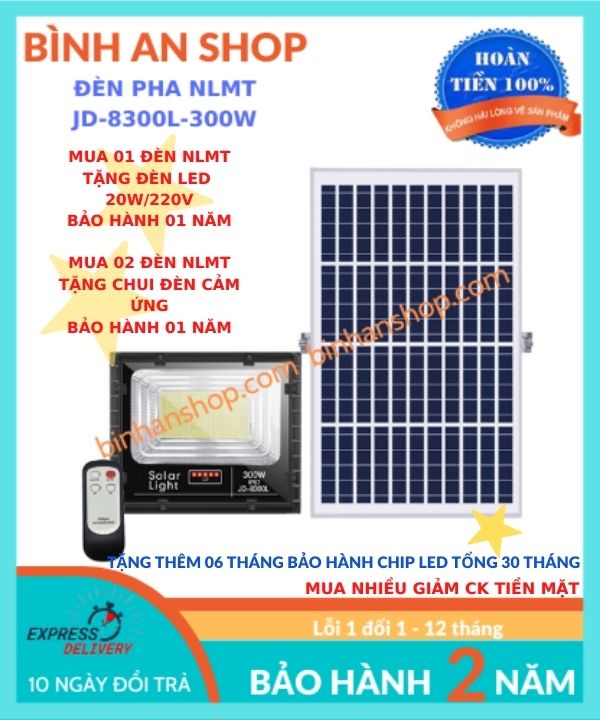
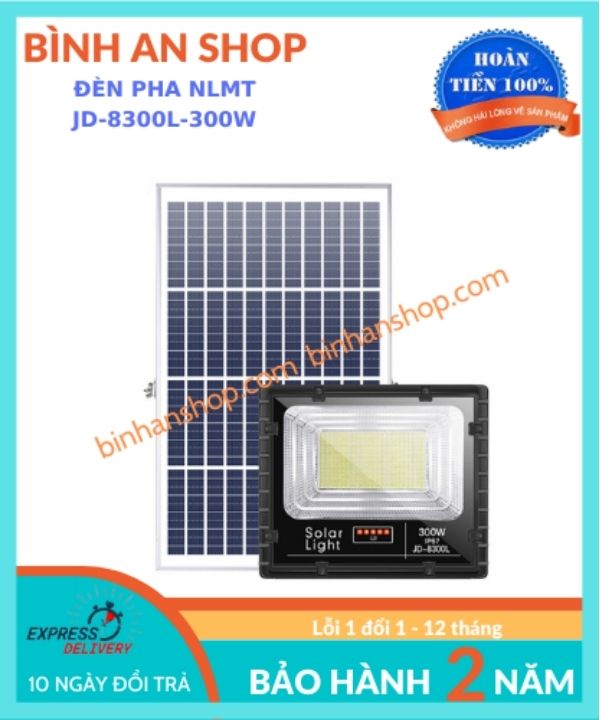
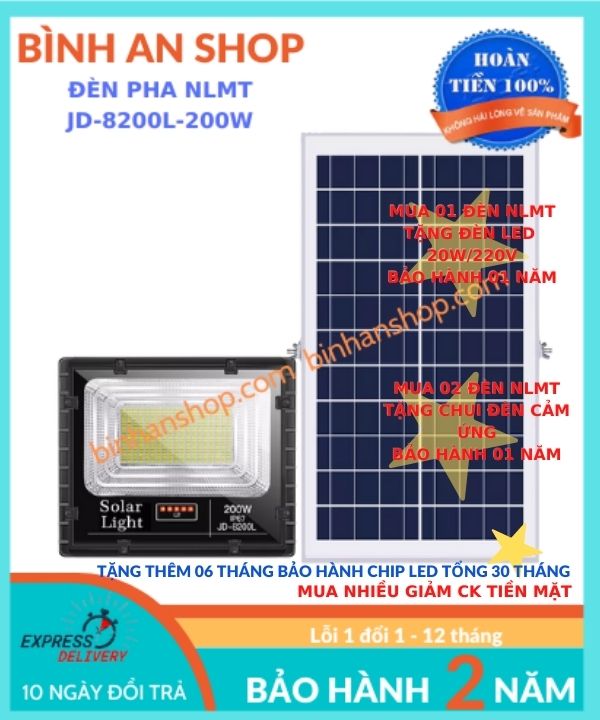
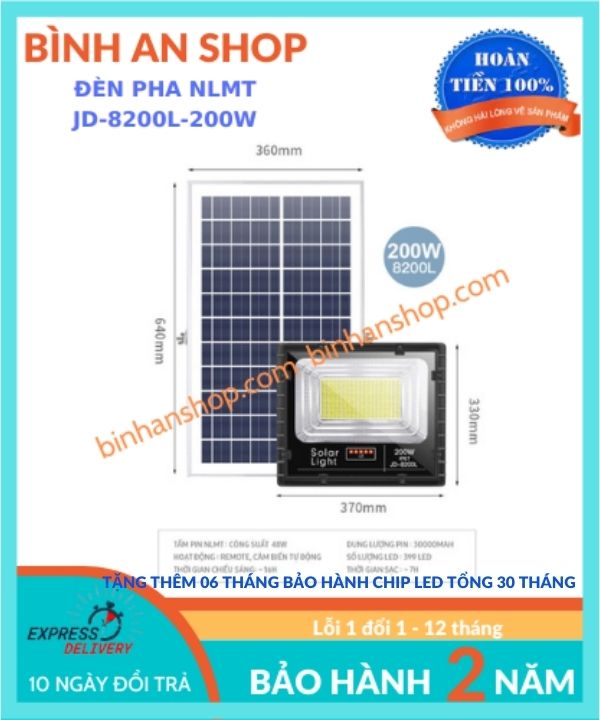
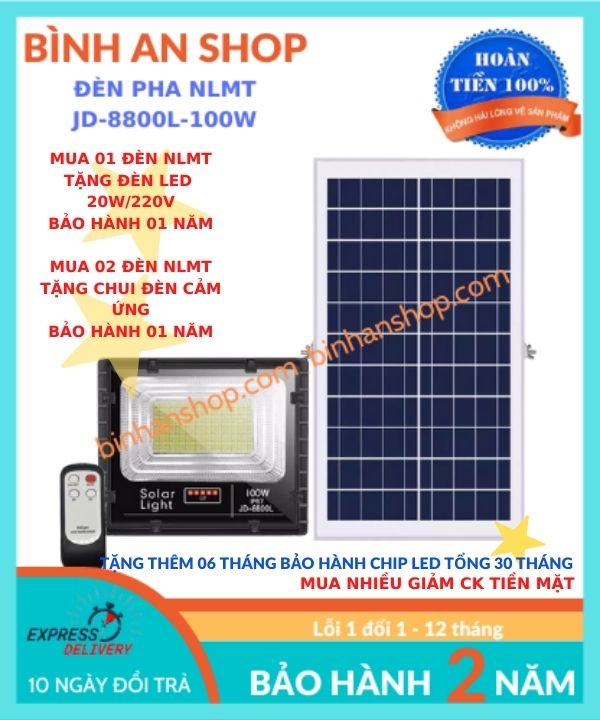

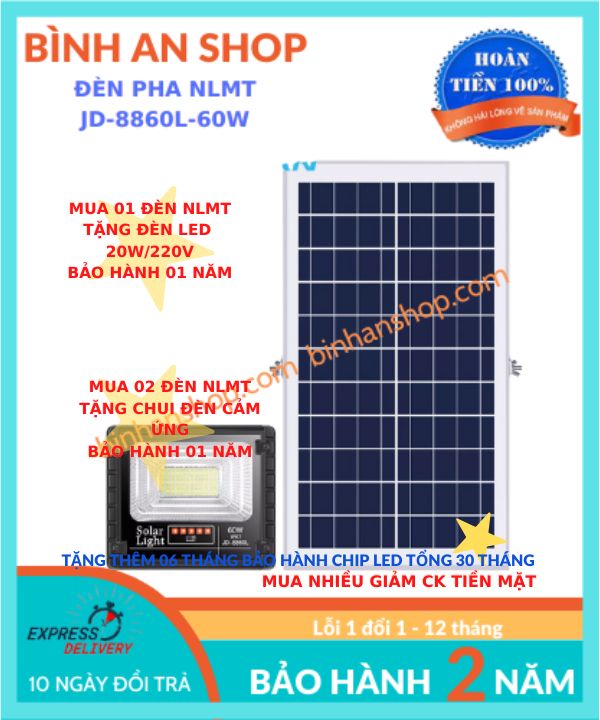

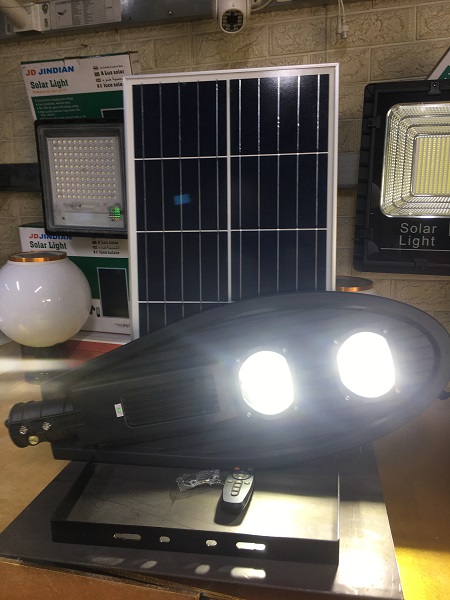
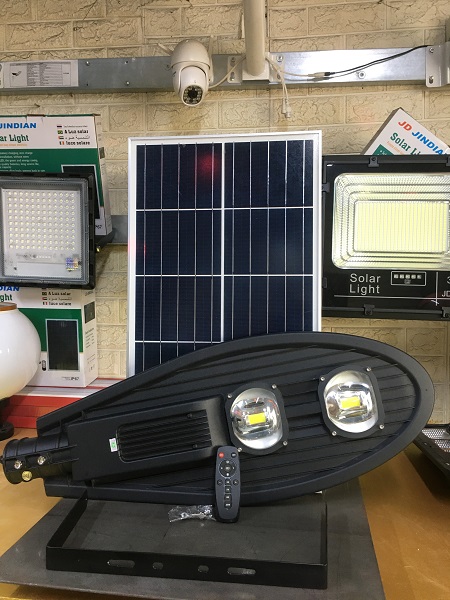
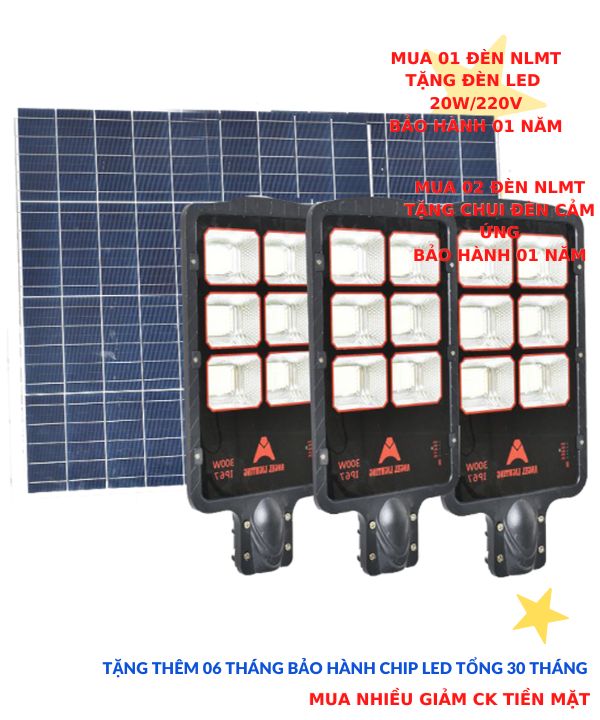
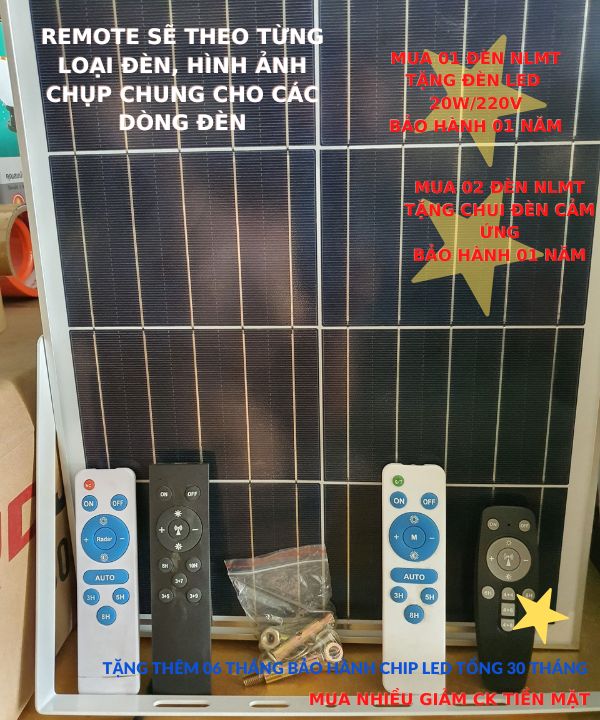

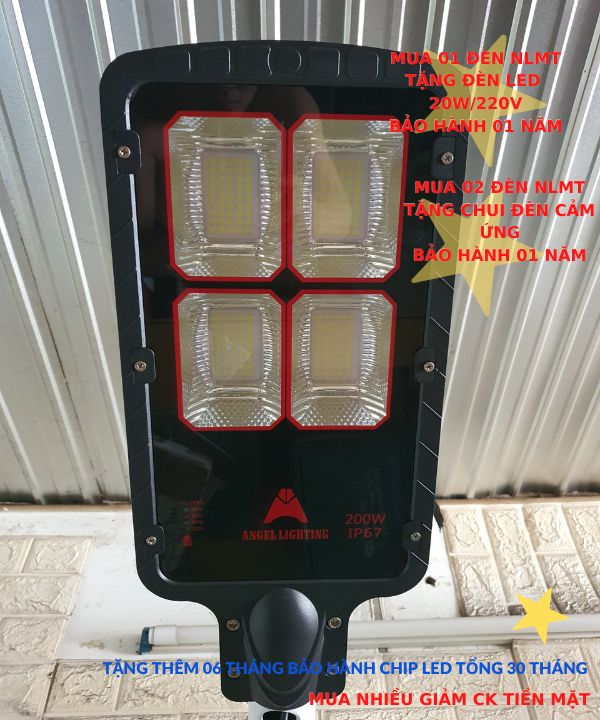
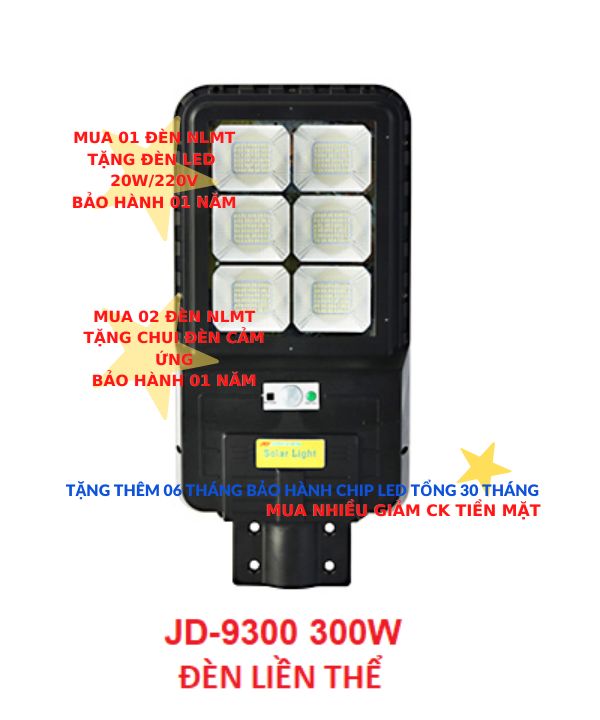
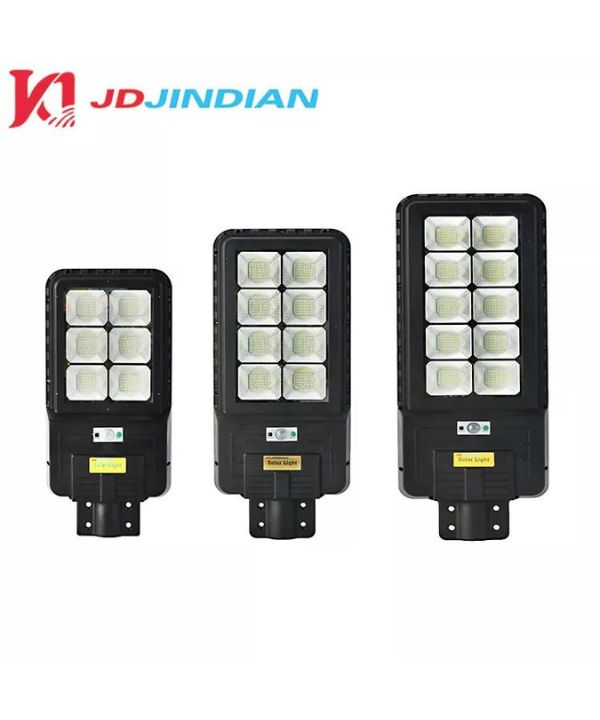
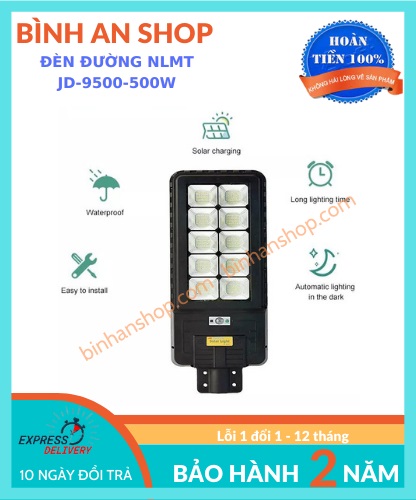


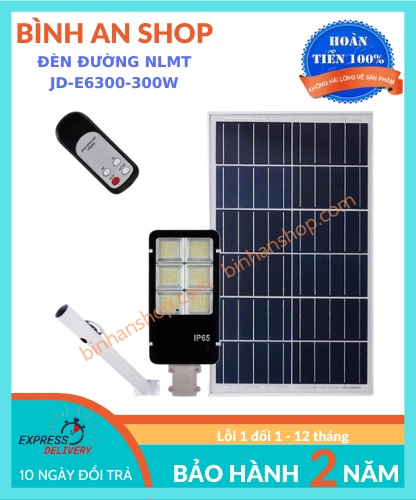



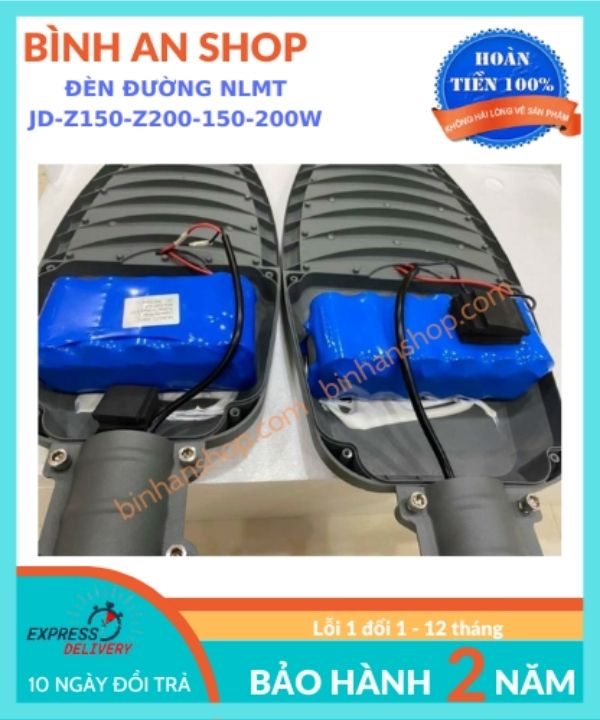
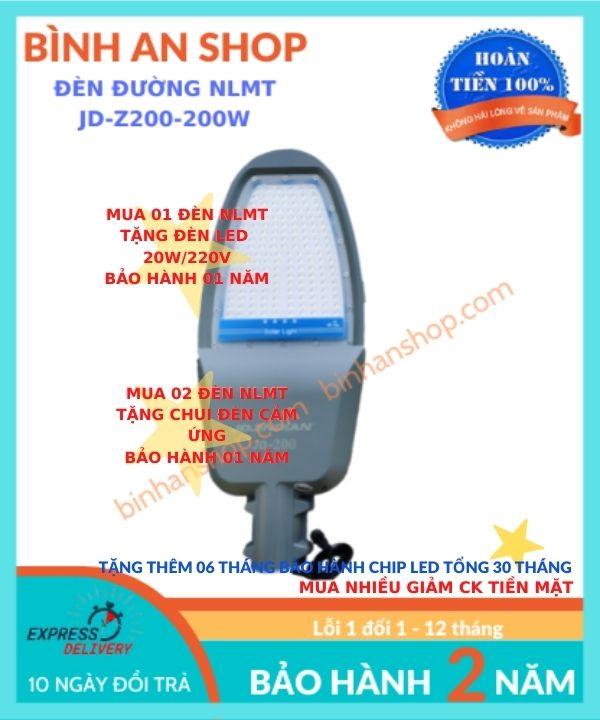
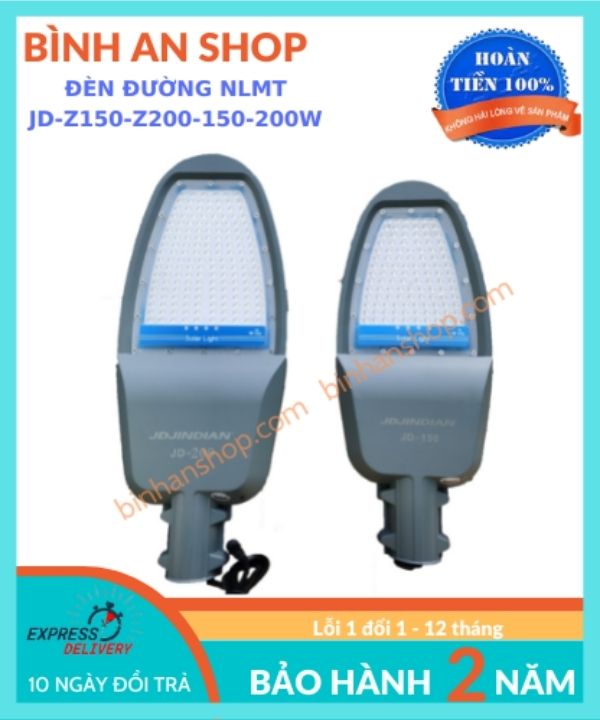
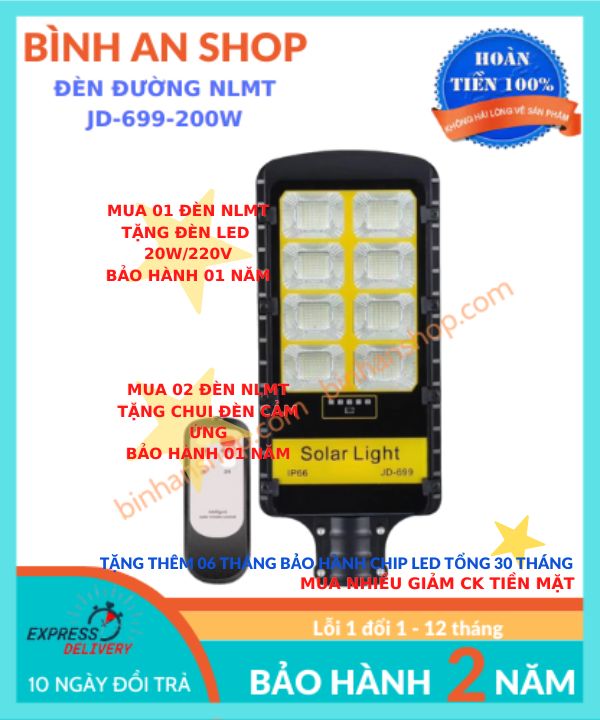


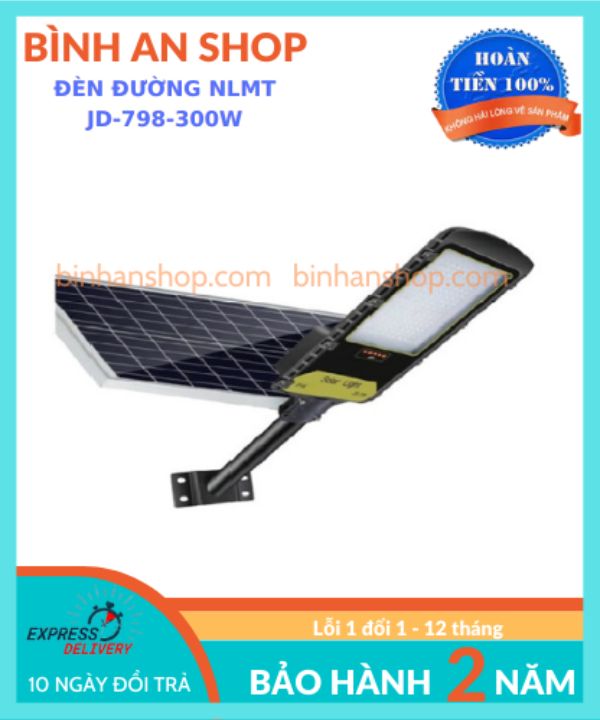

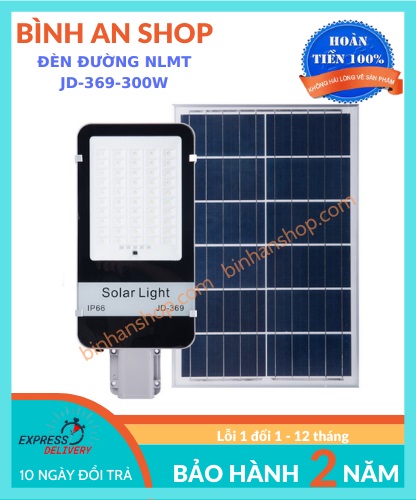
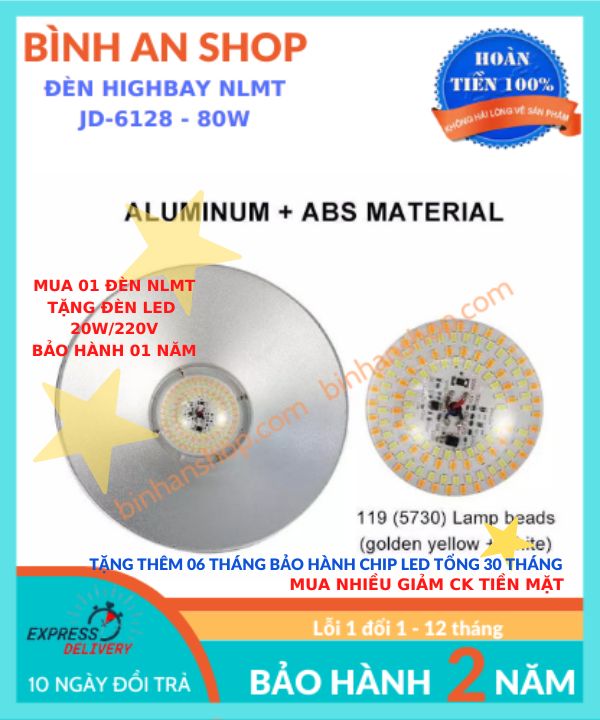
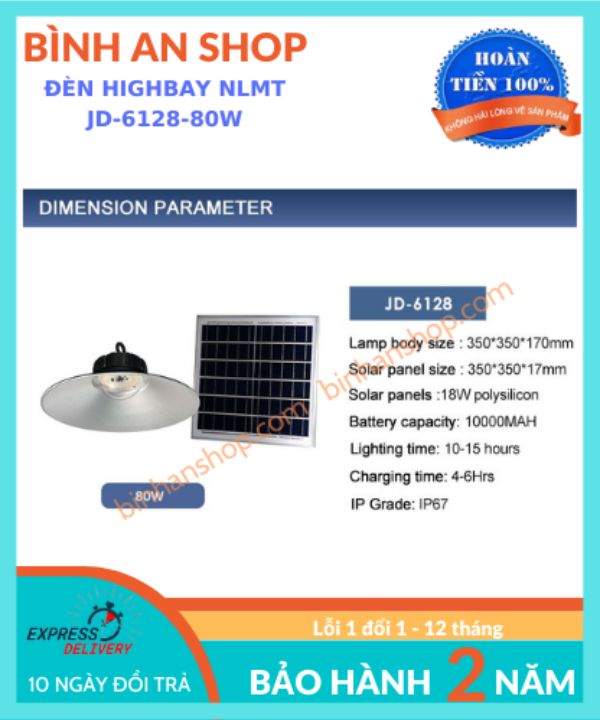

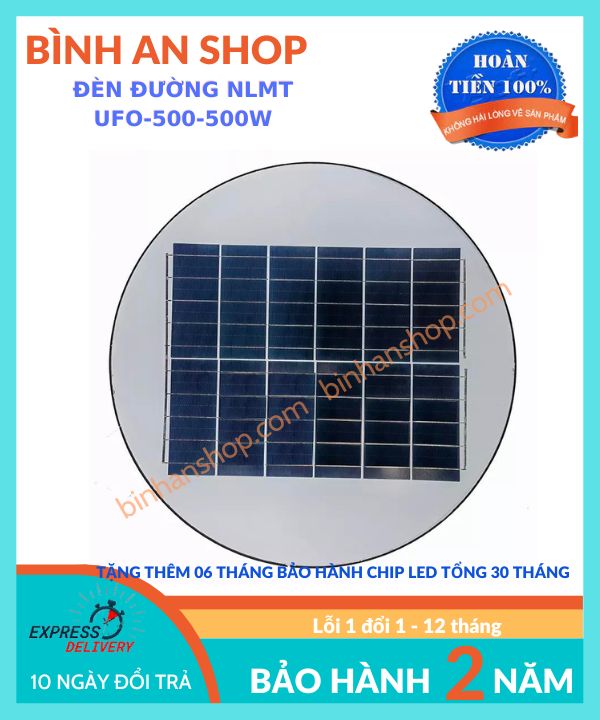
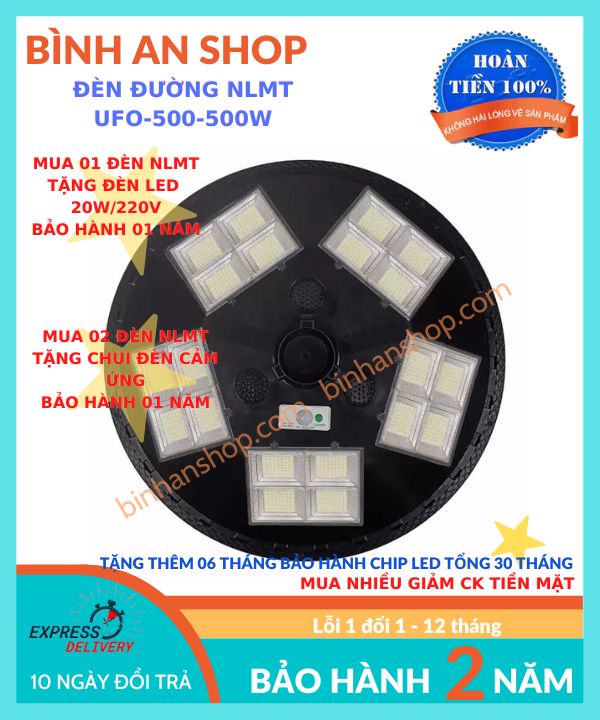
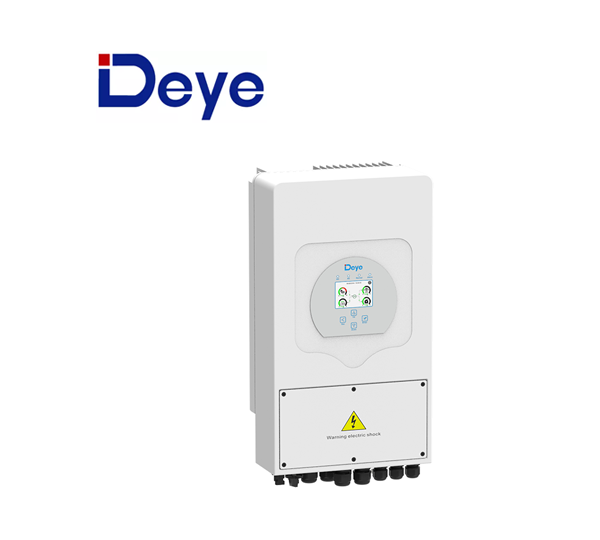
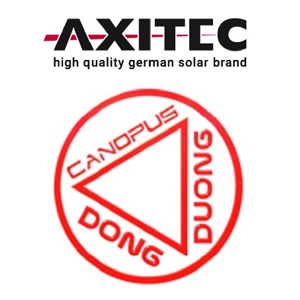
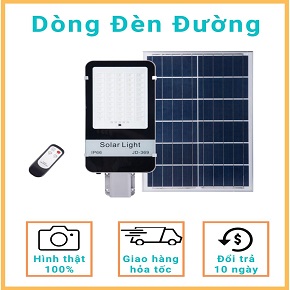


Hàng rất chuẩn, sáng hơn các shop
thank bn